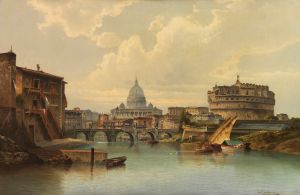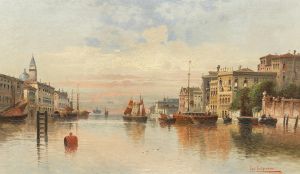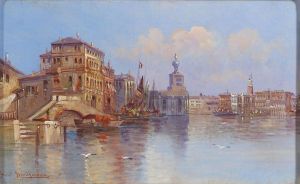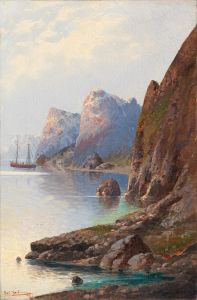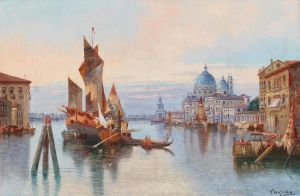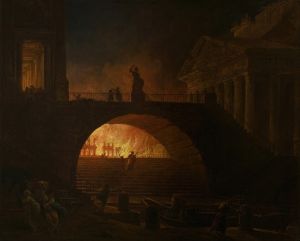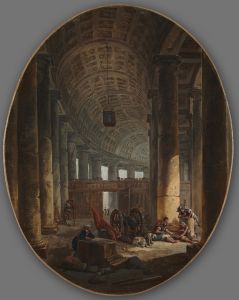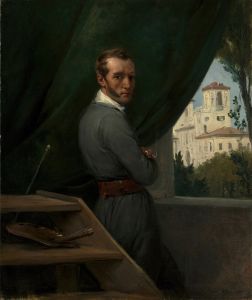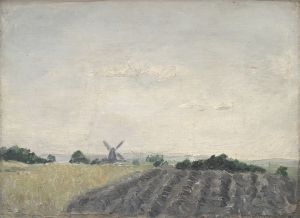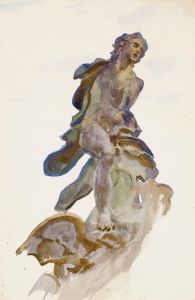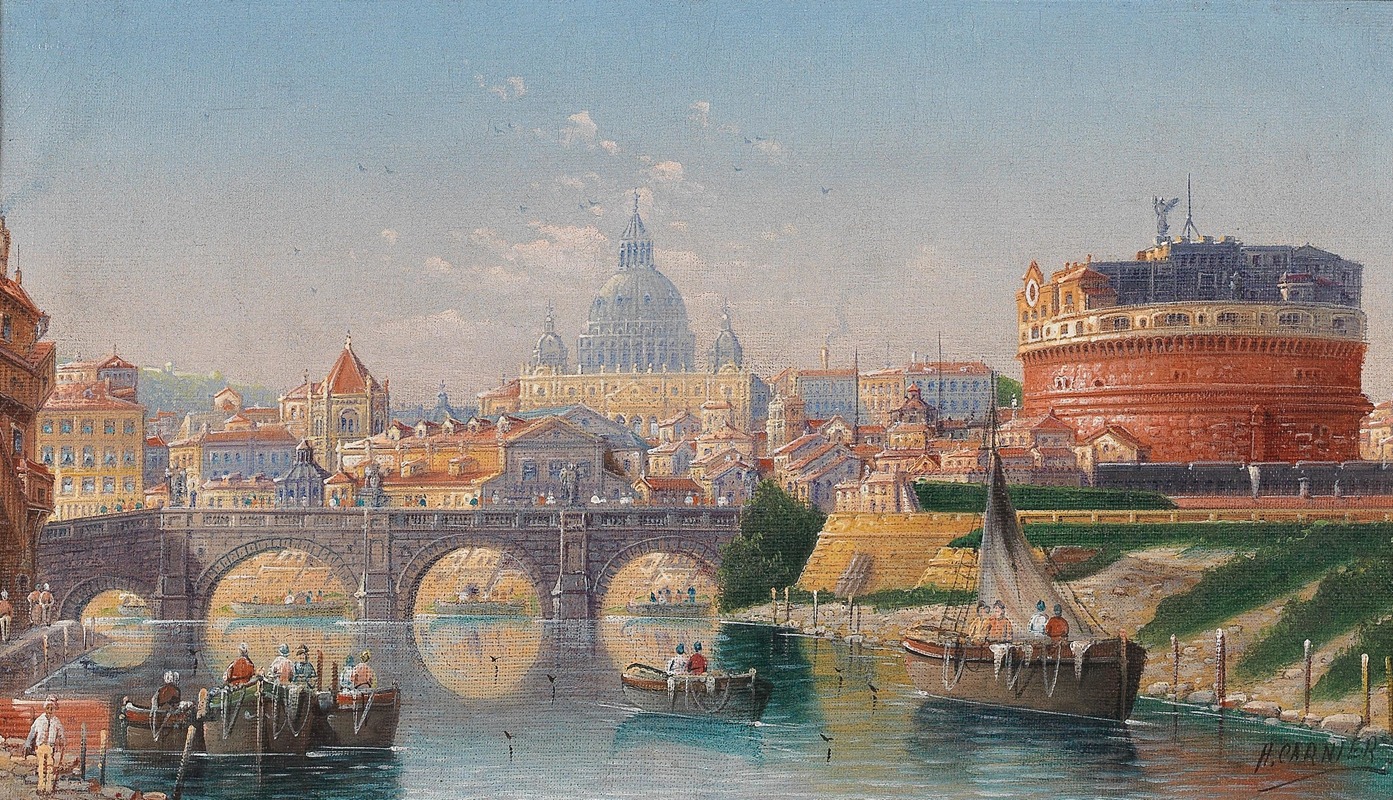
Rome, View Of The Castel Sant’angelo
A hand-painted replica of Karl Kaufmann’s masterpiece Rome, View Of The Castel Sant’angelo, meticulously crafted by professional artists to capture the true essence of the original. Each piece is created with museum-quality canvas and rare mineral pigments, carefully painted by experienced artists with delicate brushstrokes and rich, layered colors to perfectly recreate the texture of the original artwork. Unlike machine-printed reproductions, this hand-painted version brings the painting to life, infused with the artist’s emotions and skill in every stroke. Whether for personal collection or home decoration, it instantly elevates the artistic atmosphere of any space.
Karl Kaufmann (1843–1905) was an Austrian painter known for his detailed landscapes and cityscapes, often depicting European cities and landmarks. One of his works, Rome, View of the Castel Sant’Angelo, showcases his characteristic precision and attention to architectural detail. The painting captures a view of the Castel Sant’Angelo, a historic fortress located in Rome, Italy, along the banks of the Tiber River.
The Castel Sant’Angelo, originally built as the Mausoleum of Hadrian in the 2nd century AD, has served various purposes throughout its history, including as a papal fortress, prison, and now a museum. Kaufmann’s depiction highlights the structure’s imposing presence and its integration into the urban landscape of Rome. The painting likely portrays the Castel Sant’Angelo in a romanticized light, a common approach in 19th-century European art, emphasizing its historical and architectural significance.
Kaufmann often worked under pseudonyms and traveled extensively across Europe, creating works inspired by the cities he visited. His paintings are characterized by their vivid colors, meticulous detail, and atmospheric quality, which are evident in Rome, View of the Castel Sant’Angelo. The artwork reflects his skill in capturing both the grandeur of historical landmarks and the everyday life surrounding them.
While specific details about the creation date or the current location of this particular painting are not readily available, it remains an example of Kaufmann’s broader body of work, which sought to document and celebrate the cultural and architectural heritage of Europe.






